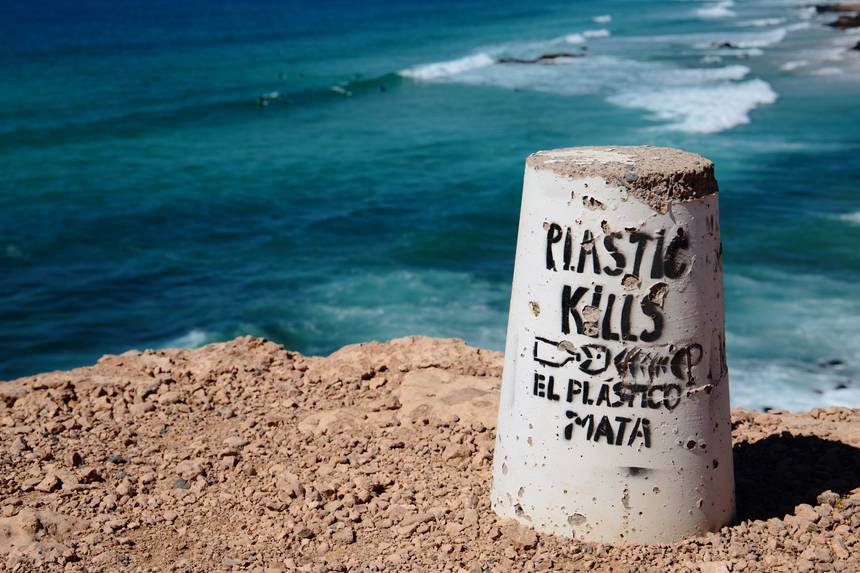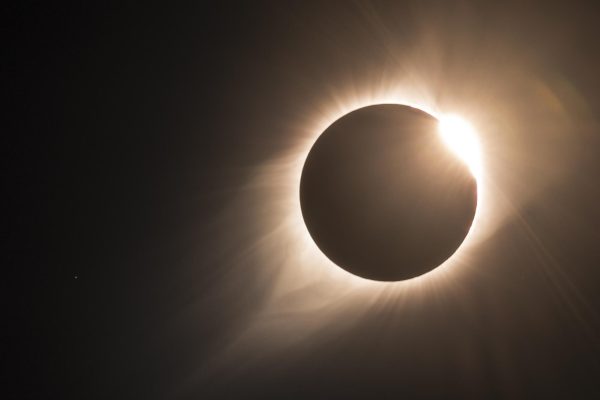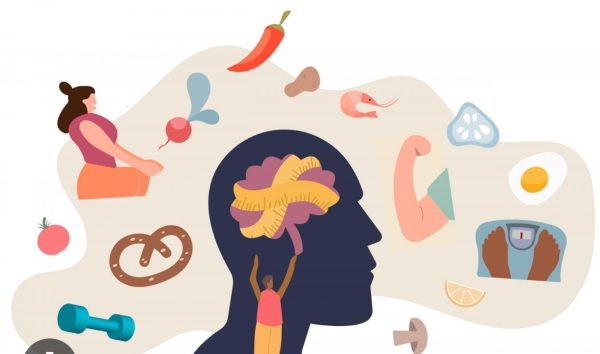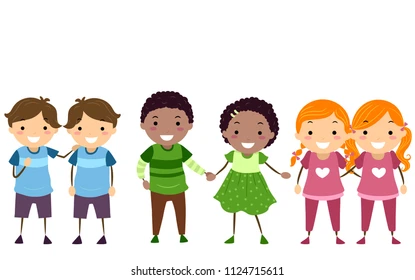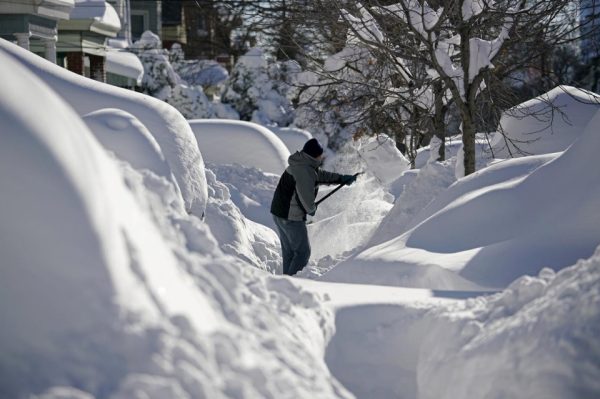Why You Should Care About Earth Day
With Winter coming to a close, Spring is finally here. Spring brings many things, but most of all it brings warmer temperatures—most people want to spend more time outdoors. Spring is a time when many people simply admire nature and enjoy the natural beauty of the earth. Every April 22nd the world celebrates Earth Day, and the main goal of the holiday is to bring awareness to environmental issues. However, a majority of people only see it as just another holiday.
According to earthday.org, Earth Day was first proposed in 1969 and was originally supposed to be on March 21st: the first day of Spring. Eventually, it was decided that Earth Day would be on April 22nd because it fell between spring break and final exams for many students, which allowed for maximum support from the youth of the world. Earth Day truly became a worldwide holiday in the 1990s with 200 million people and 141 countries celebrating it by recycling. Earth Day has continued to be widely celebrated throughout the world, and it has brought attention to the issues of pollution that the world suffers from.
According to texasdisposal.com 9 billion tons of trash end up in the ocean every year worldwide, and 70% of the Earth’s surface is the ocean. A large part of this ocean litter is known as the Pacific Garbage Patch. This patch is the ocean between the west coast of the US and Japan and makes up 79,000 tons of garbage with an estimated 1.8 trillion pieces of trash in the garbage patch, according to The National Library of Medicine. So, how does this much trash get into the ocean? According to texasdisposal.com, there are 3 main ways it gets into the ocean, the first being something called runoff. Runoff is when rain or snow moves litter from the ground into the ocean, lakes, and rivers. The second way is similar, as it is a result of the wind carrying litter toward the ocean. Oil spills are another main contributor to ocean pollution, as the oil lasts a long time in the ocean.
Humans are not the only ones affected by ocean pollution; per conserveturtles.org, over 1 million marine animals are killed by ocean waste. Items such as fishing lines, plastic straws, soda pack rings, and plastic containers do the most damage to animals. Animals such as turtles and dolphins are heavily affected, mainly by either eating the plastic or becoming entangled in it and drowning. Our coral reefs are also heavily damaged by pollution, ruining water quality and deteriorating the coral in the ocean. These reefs are essential to sea life, as they provide food and homes for aquatic animals. NPR.org conducted a 4-year study on the effects of plastic on coral reefs and concluded that the likelihood of coral contracting a disease skyrocketed from 4% to 89% when it comes into contact with plastic.
Physical litter is not the only contributor to pollution on Earth; valuepenguin.com conducted a study that found 91.5% of households in America own a car. The Environmental Protection Agency estimates that the average vehicle emits 4.6 metric tons of carbon dioxide. These emissions contribute to climate change, which is when the temperature of the earth gradually increases over time. It can also affect rainfall patterns, and cause more severe storms. This gradually increasing temperature has had an irreversible effect on the Arctic, with ice melting at an alarming rate. This ice melting slowly increases the water level of the ocean and damages the environment of many animals.
So no, Earth Day is not just another holiday. Earth Day stands to bring awareness to the slew of environmental issues that a majority of people are naive to. Even you can improve the environment by doing the smallest things, such as recycling, and not littering. Something as simple as picking up a piece of litter can have a lasting effect on Earth. Earth is our one and only home, so let’s begin to treat it as such.
Mohammed Ileiwat is a budding journalist. Mohammed currently takes journalism class at Roxbury High School. Mohammed found an interest in journalism through...

